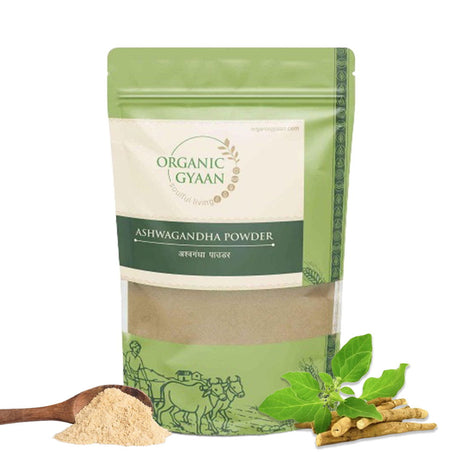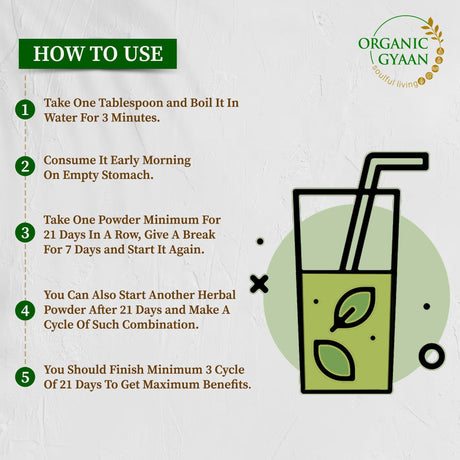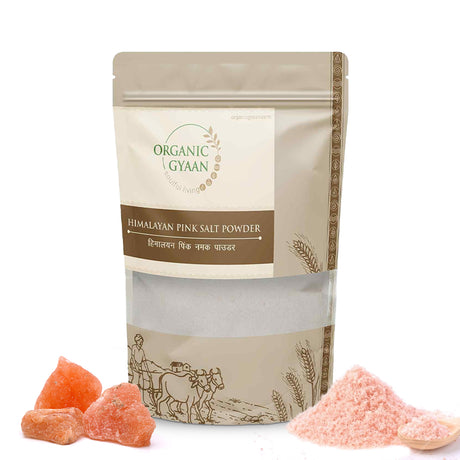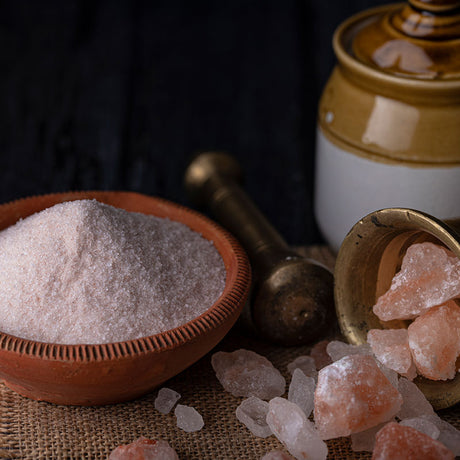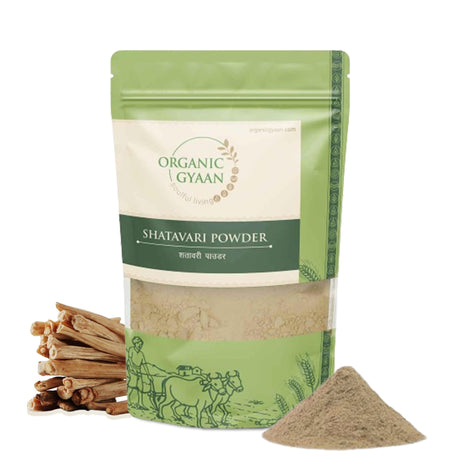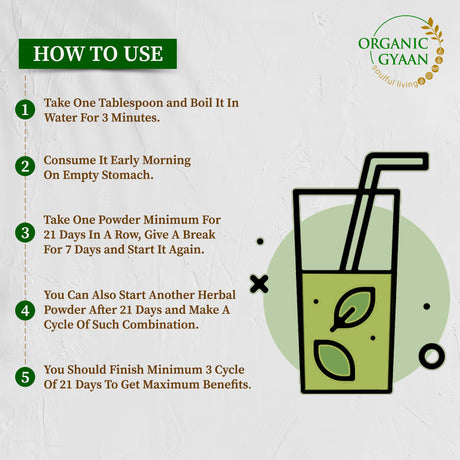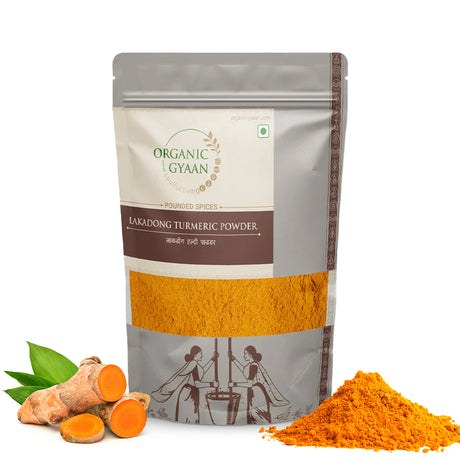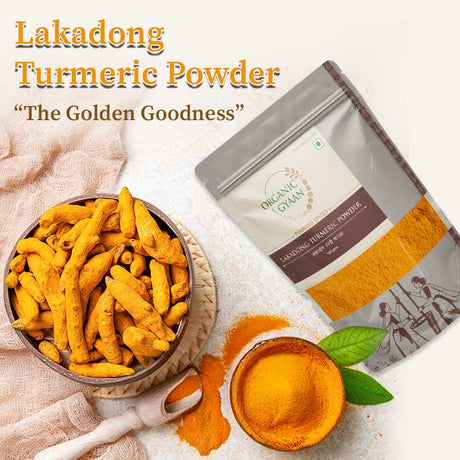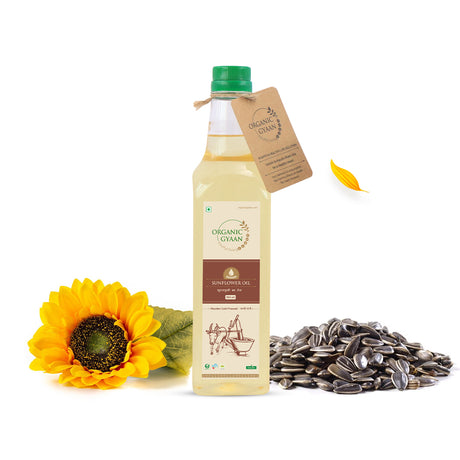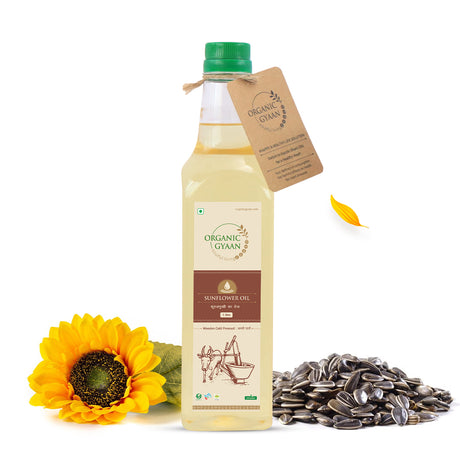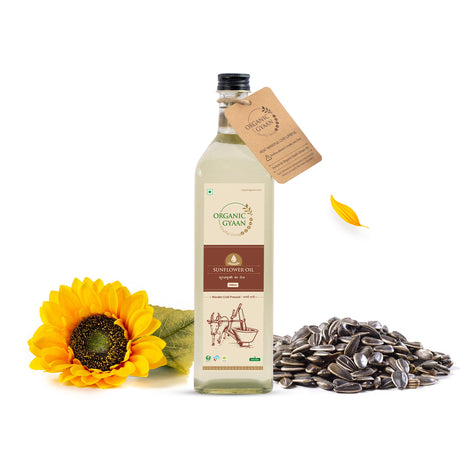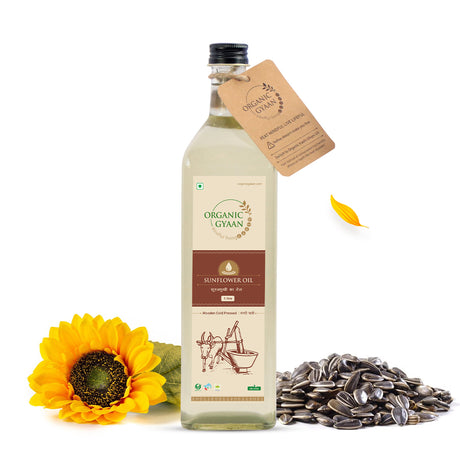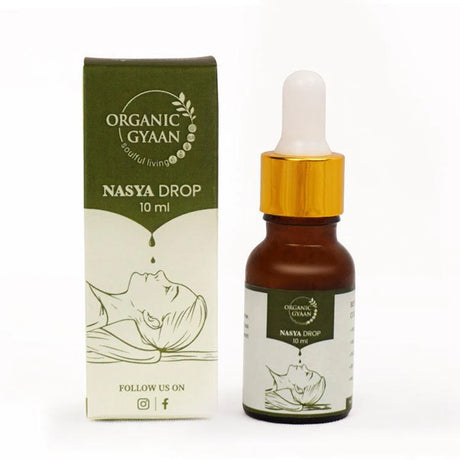Did you know that ragi has more calcium than most other grains, even more than milk? That’s just one reason why this humble millet is making a big comeback.
We often look for fancy foods to stay healthy—smoothie bowls, protein bars, trendy diets—but sometimes, the best nutrition comes from something much simpler and closer to home. That’s exactly what ragi porridge is all about. It’s wholesome, nourishing, and easy to make.
Whether you want to eat better, give your kids a stronger start, or include something gentle and healthy in your diet, this blog will show you why ragi porridge is a great choice—and how you can make it in your own kitchen.
What is Ragi?
Ragi, also called finger millet, is a small grain that’s been grown in India for thousands of years. It’s especially popular in South India and is known for its amazing health benefits. People have used ragi to make rotis, laddoos, mudde (balls), and porridge for generations.
Among all these, ragi porridge is one of the most common and loved dishes—especially for babies, the elderly, and health-conscious people.
Why Ragi Porridge is So Good for You
Let’s look at why this simple dish is so powerful:
1. It’s Full of Calcium
Ragi is super rich in calcium, which is great for:
- Growing kids
- Pregnant women
- People who want strong bones
- Older adults who want to prevent bone problems
2. It Helps Control Blood Sugar
Ragi digests slowly, so it doesn’t cause sugar spikes. That makes it a good option for people with diabetes or anyone watching their sugar levels.
3. It’s Great for Digestion
Ragi has a lot of fiber, which keeps your stomach happy, prevents constipation, and helps you feel full longer.
4. It Has Iron and Protein
Ragi is also a good source of iron, which helps if you’re low in energy or anemic. Plus, it has plant-based protein, which is great if you don’t eat meat.
5. It’s Gluten-Free
If you’re avoiding wheat or gluten, ragi porridge is a perfect replacement. It’s gentle and good for people with allergies or sensitive tummies.
When Should You Eat Ragi Porridge?
You can enjoy ragi porridge:
- For breakfast – to start your day with energy
- For dinner – especially if you want something light
- Before or after a workout – it’s full of natural carbs and protein
- When recovering from illness – it’s soft, easy to digest, and healing
- For babies – it’s often one of the first solid foods for infants
How to Make Ragi Porridge (Sweet and Savory Versions)
Let’s learn how to make ragi porridge at home—the easy way!
Ingredients (Sweet Version):
- 2 tbsp ragi flour (you can use sprouted ragi flour for more nutrition)
- 1.5 to 2 cups water or milk
- 1–2 tsp jaggery powder (or dates powder, optional)
- A pinch of cardamom powder
- ½ tsp A2 gir cow ghee (optional)
Steps:
- In a small bowl, mix ragi flour with a little water to make a smooth paste.
- Boil 1.5 cups water in a pan.
- Slowly add the ragi paste while stirring (this avoids lumps).
- Cook on low heat for 5–7 minutes until it thickens.
- Add jaggery and cardamom. Mix well.
- Turn off the heat. Add A2 gir cow ghee if you like.
- Serve warm.
Savory Version (Salted):
- 2 tbsp ragi flour
- 1.5 cups water
- A pinch of himalayan pink salt
- ¼ cup buttermilk or curd (add after cooling)
- Optional: Temper with mustard seeds, curry leaves, and ginger in ghee
Steps: Same as above, but skip the jaggery. After cooking and cooling, mix in buttermilk and the optional tempering.
Ragi Porridge for Babies
Ragi porridge is often the first solid food for babies (after 6 months). Here's how to make it:
- Use only water or breast milk—no salt or sugar
- Use sprouted ragi flour (easier to digest)
- Start with a thin consistency and increase thickness gradually
- Watch for any allergies (though ragi is usually safe)
Tips to Make the Best Ragi Porridge
- Soak or sprout ragi before using—it improves nutrition and digestion
- Use jaggery or dates syrup instead of white sugar
- Add ghee or cold pressed coconut oil for better taste and vitamin absorption
- Add nuts or seeds powder for older kids and adults
- Always serve it fresh and warm
Nutrition at a Glance (Per Serving)
- Calories: ~130–150
- Protein: 3–4 g
- Fiber: 2–3 g
- Iron: 2.5 mg
- Calcium: 100–120 mg
- Fat: 2–3 g (if using ghee)
- GI: Low
Who Should Eat Ragi Porridge?
- Babies – for healthy growth and bones
- Pregnant women – for calcium and iron
- People with diabetes – low sugar spike
- Fitness lovers – great natural fuel
- Elderly people – soft and easy to digest
- Vegans/gluten-free diets – plant-based and allergy-friendly
Conclusion: Ragi Porridge Is Simple, Wholesome, and So Good for You
In today’s fast world, where we often grab quick snacks or packaged meals, it’s easy to forget the power of traditional foods. Ragi porridge is a beautiful reminder that healthy food can be simple, tasty, and nourishing.
Whether you’re feeding a baby, caring for your health, or just looking for something warm and satisfying, ragi porridge is a bowl full of benefits.
Make a bowl of ragi porridge this week—sweet or savory, however you like it. Start your day with it, share it with your family, and feel the goodness for yourself.




